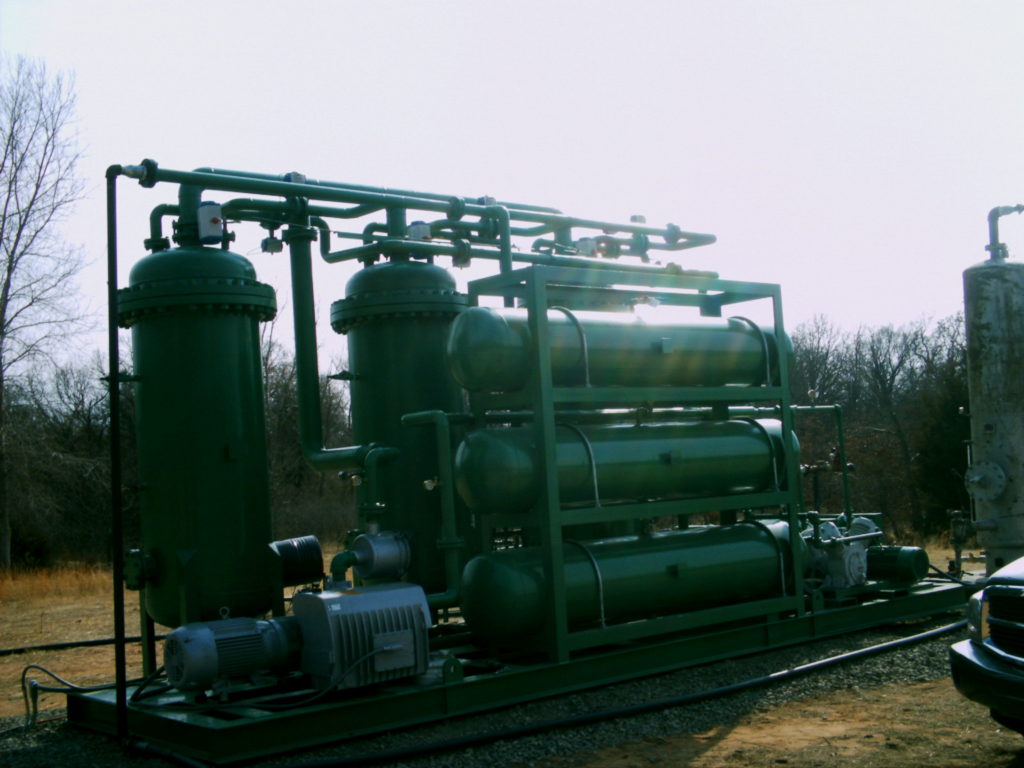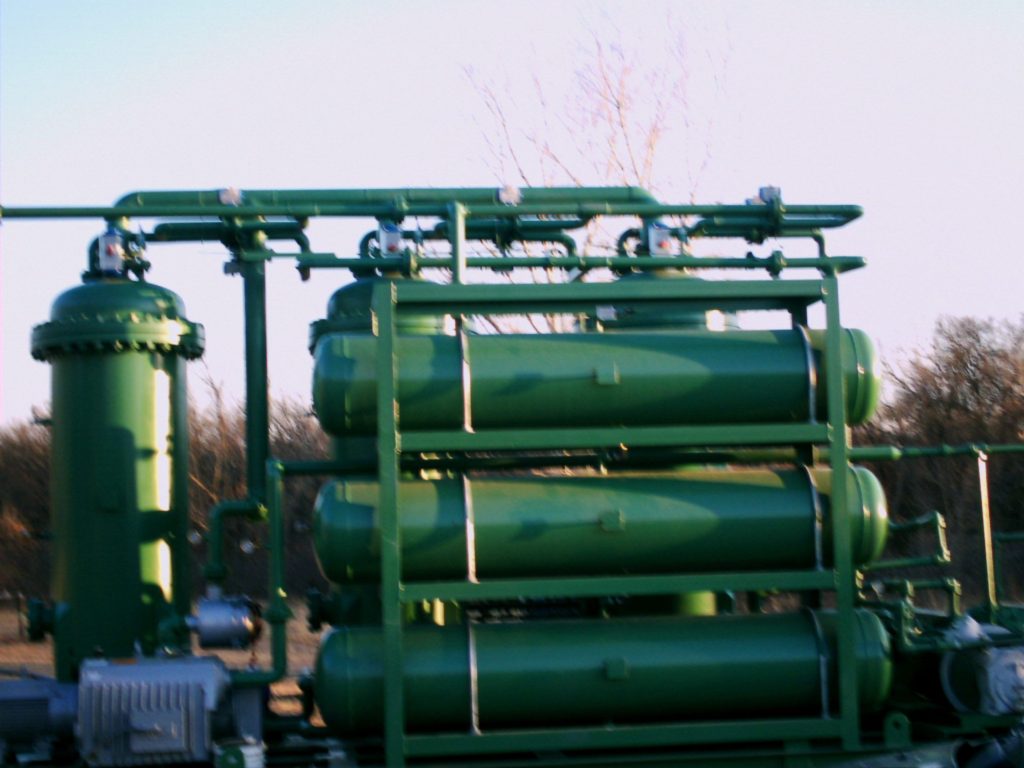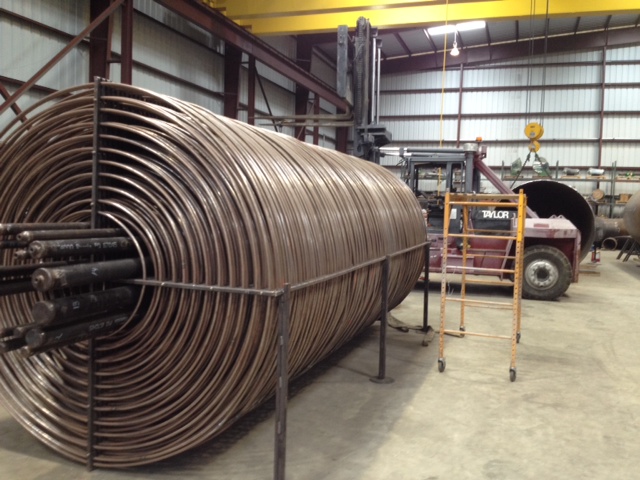
Nitrogen Rejection Units remove nitrogen from natural gas to prepare it for transport through pipelines. According to the Gas Research Institute, 17% of US gas reserves have high nitrogen. Most pipeline standards require that natural gas contain less than 4% nitrogen. High-nitrogen natural gas is essentially stranded, as it cannot feasibly be transported through pipelines to market. If there is too much nitrogen present in a pipeline, there is a danger of vapor lock or poor combustion. Nitrogen also dilutes the heating value of the gas, resulting in a lower BTU and decreased value.
Nitrogen rejection is a difficult technical separation because of the similar molecular size and low dielectric constants of nitrogen (N2) and methane (CH4) and the lack of a selective reactivity such as there is with carbon dioxide or hydrogen sulfide in an amine plant.

Pressure swing adsorption (PSA), cryogenic separation, and lean oil absorption have all been employed to remove nitrogen from natural gas.
- Pressure swing adsorption (PSA) uses an adsorbent to selectively separate nitrogen from methane. The gas is then regenerated from the adsorbent with a combination of pressure and thermal changes. PSA is used for gas dehydration, carbon dioxide removal, nitrogen rejection, and hydrocarbon dew point control.
- Cryogenic separation employs low temperature thermodynamic separation based on the comparative boiling points of methane (-259°F) and nitrogen (-320°F). As the mixture cools, methane will condense before nitrogen, allowing the two to be separated.
- Lean oil absorption absorbs the methane away from the nitrogen in a higher molecular weight hydrocarbon and then regenerates the absorbed methane either through staged pressure reductions or through thermally-driven distillation.

SPS manufactures NRU equipment ranging from 300MSCFD to 50MMSCFD feed with nitrogen from 6-45% by volume inlet concentration. NRU’s can be used in conjunction with gas to liquids (GTL), liquefied petroleum gas (LPG), molecular sieves and turbo-expander equipment.
SPS will solve your nitrogen rejection problem with the technical approach that is appropriate. PSA have a single system economic limitation of about 10MMSCFD. Cryogenic units have very high capacity. We can give quick budget quotations to help in your decision making.
Advantages of SPS Nitrogen Rejection Units
- We offer cryogenic or pressure swing adsorption systems
- We can design and build the necessary pre-treatment for cryo units, which usually involves amine systems for carbon dioxide and hydrogen sulfide removal and molecular sieves for deep dehydration and carbon dioxide removal
- We can accommodate a wide range of nitrogen feed concentrations and feed flows
- Our systems have hydrocarbon recovery rates in excess of 95%
- We build the required vessels, heat exchangers, and compressor units in-house, making our pricing very competitive
For more information about SPS Nitrogen Rejection Units, contact us today.

Certifications:
SPS Systems, Inc. maintains certification with the American Society of Mechanical Engineers (ASME) for “U” stamped vessels and the National Board for “R” stamped repairs.

